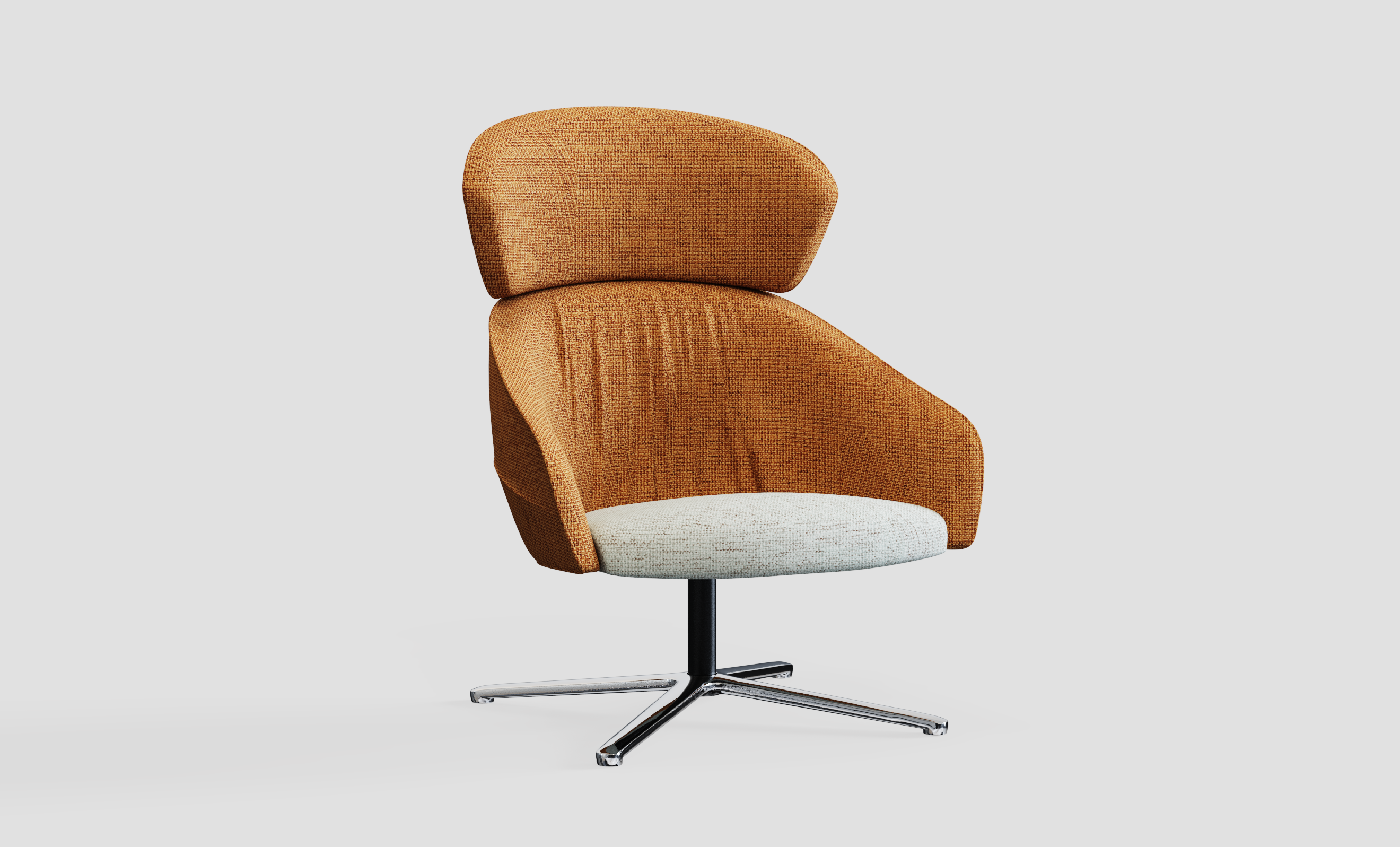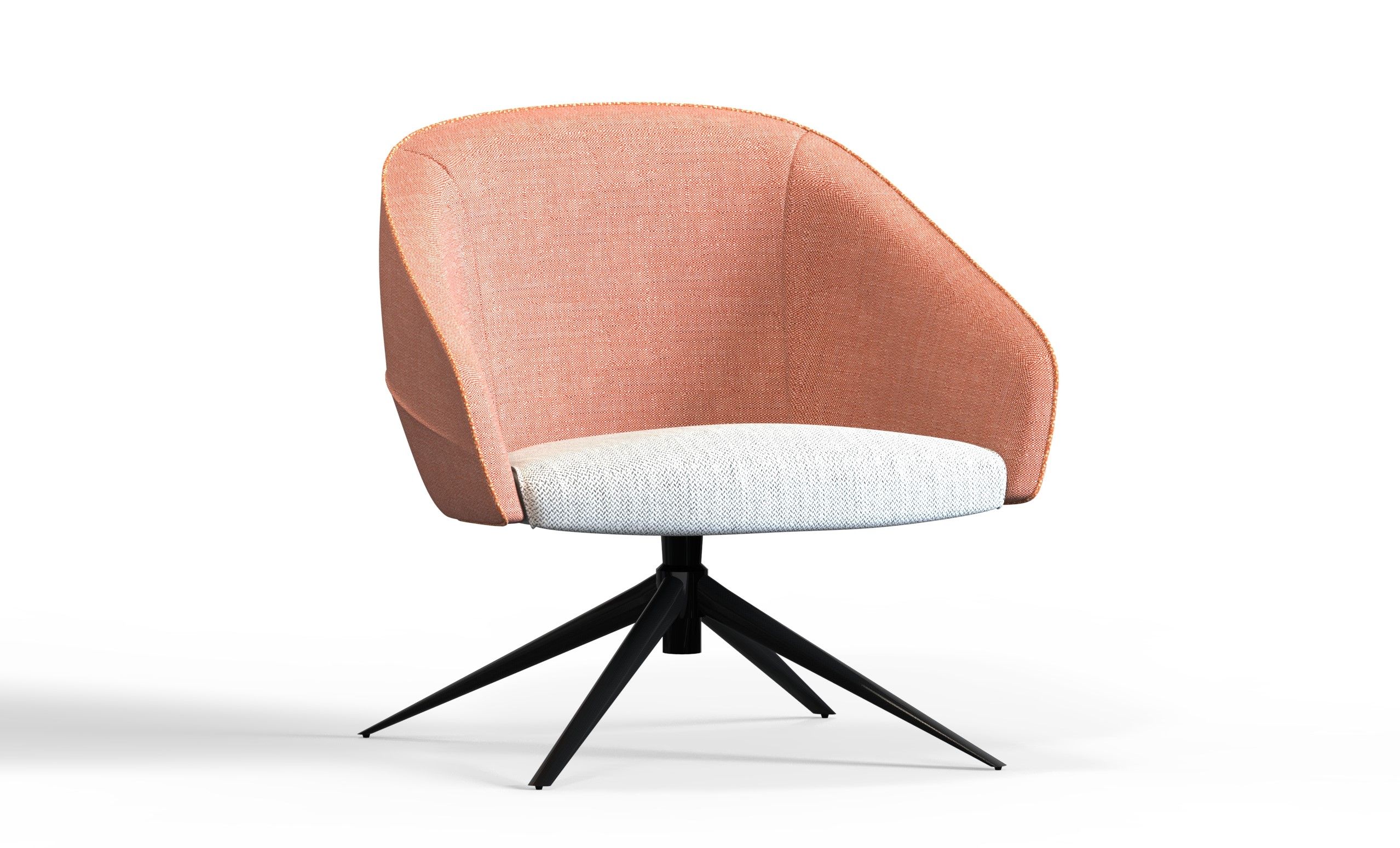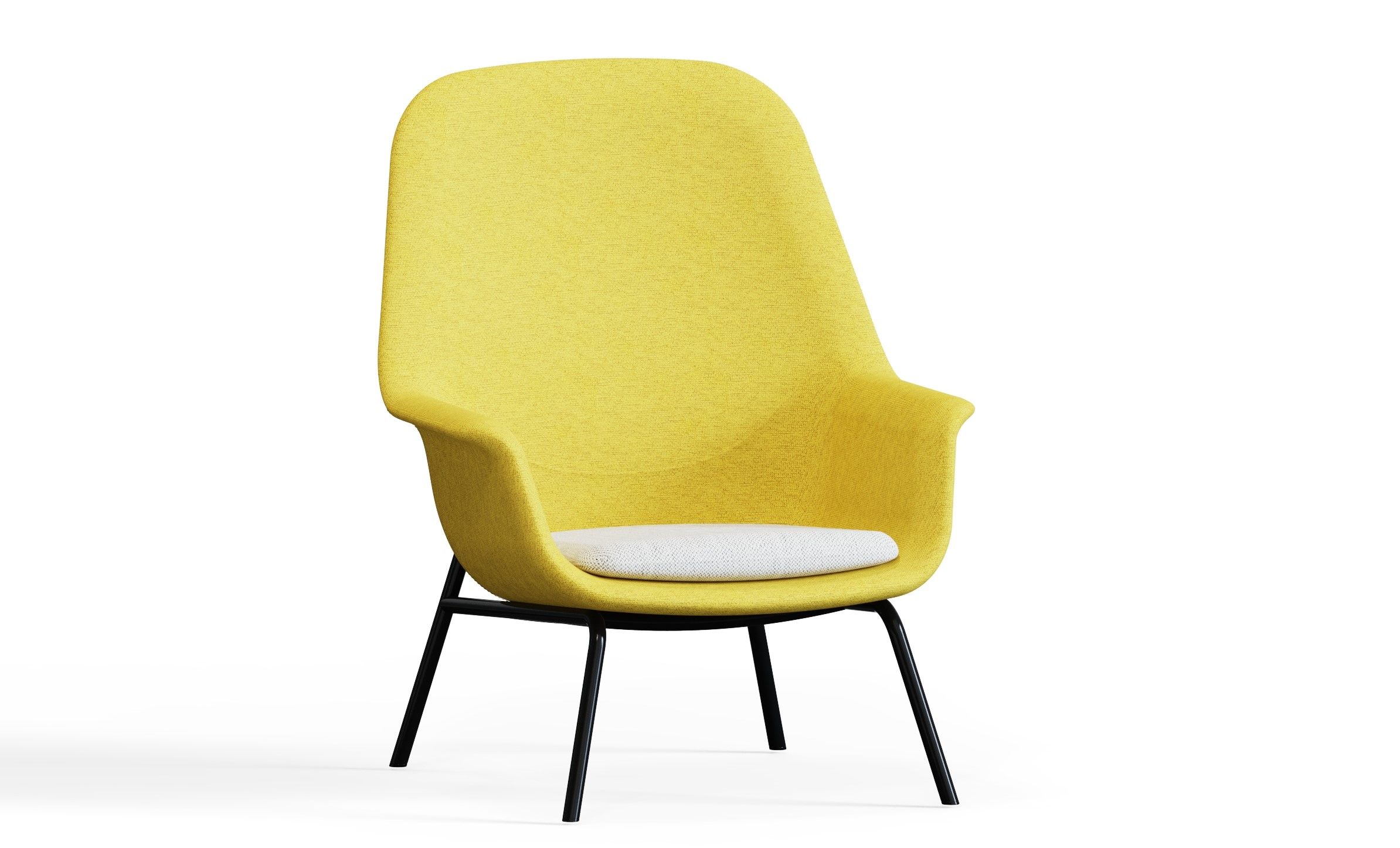
In today's modern workplace, there are many different types of office layouts and workstations. Two popular options are the traditional cubicle-style workstation and the more contemporary open office layout. Each has its own advantages and disadvantages, and companies must weigh these factors when deciding which layout to implement.
The traditional cubicle-style workstation has been around for decades and was popularized during the rise of the modern office in the 1960s and 70s. The basic idea is to divide the workspace into individual units, or cubicles, which provide a certain level of privacy and noise reduction while still allowing employees to communicate and collaborate with one another. These workstations typically consist of an office desk, office chair, and some storage space, and may be customized to meet the needs of the individual employee.
One of the main advantages of the cubicle-style workstation is its ability to provide employees with a sense of privacy and control over their workspace. Many employees find it easier to concentrate and be productive in a quiet, distraction-free environment, and the cubicle layout can help facilitate this. Additionally, cubicles can be personalized to some extent, allowing employees to add decorations or personal touches that make the space feel more like their own.
Another advantage of cubicle-style workstations is that they are relatively inexpensive and easy to set up. Cubicles can be assembled quickly and can be reconfigured easily if necessary. This makes them a good option for companies that need to adapt quickly to changing circumstances, such as rapid growth or downsizing.
However, cubicle-style workstations also have several disadvantages. One of the biggest is that they can be isolating and contribute to a sense of disconnect among employees. Because each person is enclosed in their own space, can workstations and open offices be difficult to foster a sense of community or teamwork, and employees may feel disconnected from the larger organization. Additionally, cubicles can be limiting in terms of space and may not provide enough room for collaboration or teamwork.
This is where the open office layout comes in. In contrast to cubicles, the open office layout is designed to promote collaboration and communication among employees. In an open office, there are few, if any, physical barriers between employees, and the workspace is typically configured to encourage movement and interaction. This can be achieved through the use of shared desks or workstations, as well as communal spaces such as lounges or break rooms.
The advantages of an open office layout are numerous. One of the biggest is that it fosters collaboration and communication among employees, which can lead to increased creativity, innovation, and problem-solving ability. When employees are able to share ideas and work together in a collaborative environment, they are often able to produce better results than if they were working alone.
Another advantage of an open office layout is that it is highly flexible and adaptable. Because there are few physical barriers, it is easy to reconfigure the workspace to meet changing needs. This makes it a good option for companies that need to be able to quickly adapt to changing market conditions or business requirements.
However, open office layouts also have their disadvantages. One of the main concerns is that they can be noisy and distracting, which can negatively impact productivity and focus. Additionally, the lack of privacy in an open office can be a concern for some employees, who may feel uncomfortable working in such a public environment.
Ultimately, the decision between a cubicle-style workstation and an open office layout will depend on a number of factors, including the needs and preferences of the individual employees, the culture of the company, and the business requirements. While both options have their advantages and disadvantages, the key is to choose the one that best supports the goals and objectives of the organization.
If an organization values collaboration, innovation, and teamwork, an open office layout may be the best choice.

Previous: Cheap Vs. Expensive Office Chairs

Jan. 15, 2026

Jan. 14, 2026

Jan. 12, 2026

Daniel Yao
Yose Lang